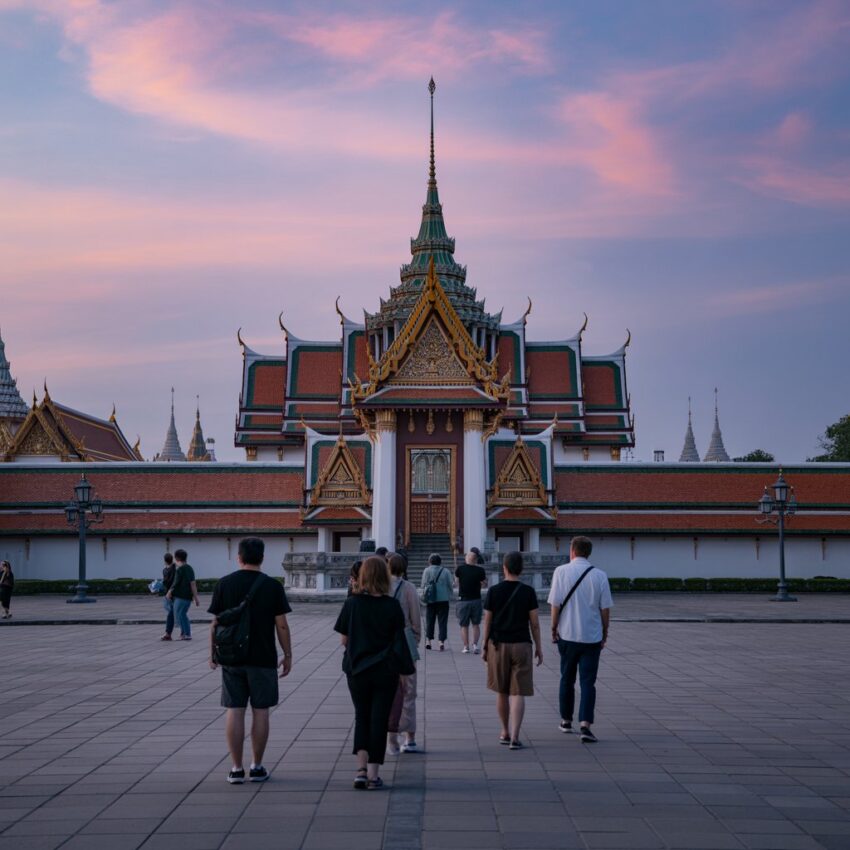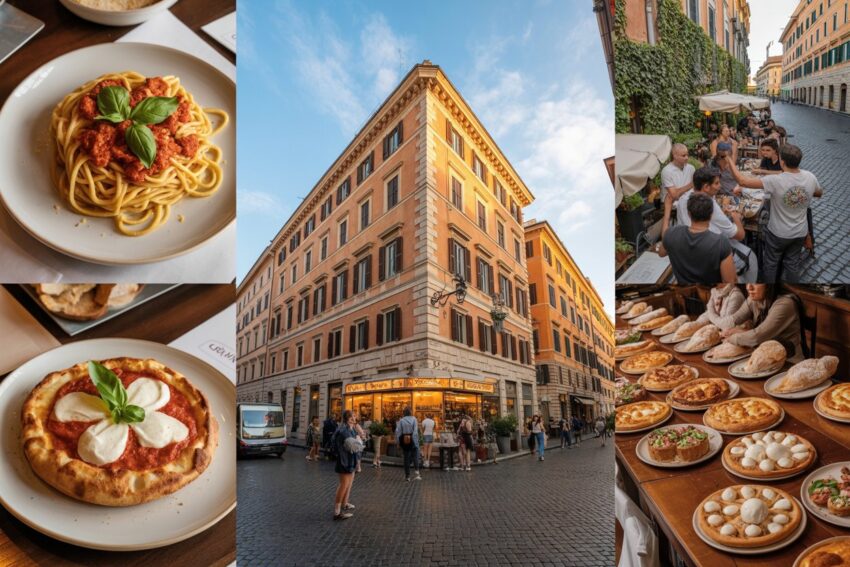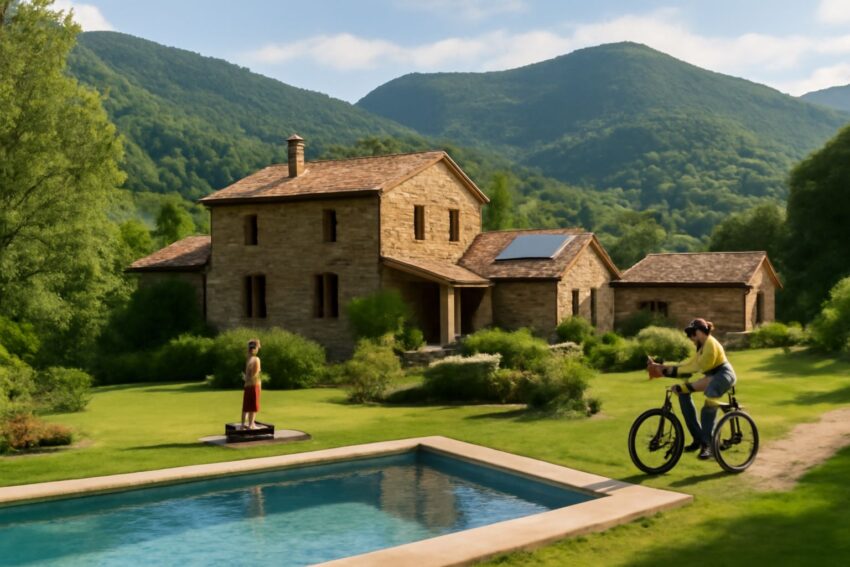Thailand Tourism Remains Open Amid National Mourning Period, Welcoming Visitors with Adjustments and Cultural Sensitivity

Thailand’s Tourism Resilience Amid National Mourning
Thailand continues to remain open for tourism despite the ongoing national mourning period following the passing of Her Majesty Queen Sirikit, the Queen Mother. The Royal Thai Government announced a year-long period of mourning to honor the late Queen, but this has not halted the country’s tourism activities. In fact, the tourism sector remains one of the most important pillars of Thailand’s economy, contributing significantly to its GDP. While visitors can enjoy the country’s famous landmarks, Thai culture, and rich history, they are encouraged to follow new temporary guidelines designed to show respect during this sensitive time. This article explores how Thailand’s tourism sector is responding to the national mourning period and what travelers need to know during their visit.
National Mourning Period and Its Impact on Tourism
The Royal Thai Government declared a year-long mourning period following the death of Queen Sirikit, the Queen Mother, on October 25, 2025. This period of mourning has been set to honor her legacy and her contributions to the nation. While this mourning period is significant for the Thai people, the government assures that tourism remains open and continues to operate normally, albeit with temporary adjustments and cultural guidelines for visitors.
The national mourning period has triggered several cultural changes in Thailand, some of which have directly impacted tourism activities. Travelers can still enjoy their holiday in Thailand, but there are several considerations they must keep in mind, especially when visiting important cultural and royal sites.
Temporary Adjustments in Tourist Attractions
Despite the ongoing mourning period, most tourist attractions in Thailand remain open. However, several sites, particularly those with royal significance, have temporarily adjusted their schedules or implemented special rules. For instance, the Grand Palace and Wat Phra Kaew, two of Thailand’s most famous tourist landmarks, have closed their doors to the public for a brief period from October 26 to November 8, 2025, to allow for the Royal Merit-Making Ceremony. This closure is a part of the official mourning activities and reflects the nation’s commitment to honoring the memory of the late Queen.
In addition to the Grand Palace, several events have been postponed or adjusted in tone to reflect the solemn atmosphere of the mourning period. The Vijit Chao Phraya 2025 festival, originally scheduled to begin on November 1, 2025, has been moved to December 1, 2025, to align with the national mood. Similarly, the Loi Krathong Festival, a major event in Thailand’s calendar, will proceed but with adjusted ceremonies and a focus on remembrance. These changes reflect the careful balance Thailand is striking between maintaining its tourism appeal and respecting the national grieving period.
How Tourism Remains Unaffected in Many Areas
While several adjustments have been made to high-profile events and attractions, most of Thailand’s tourism infrastructure continues to operate as usual. Airports, hotels, shopping centers, and restaurants are still welcoming tourists, ensuring that the tourism experience is as seamless as possible. The country’s stunning beaches, vibrant cities, and rich cultural experiences remain readily accessible, and visitors can still enjoy the many facets of Thailand’s diverse offerings.
For example, Phuket, Chiang Mai, Krabi, and Pattaya continue to be popular destinations for international tourists. These regions are less affected by the mourning period compared to the royal sites in Bangkok. Additionally, the country’s well-known hospitality industry remains unaffected, with hotels and resorts operating as usual and offering their guests the high standards of service Thailand is famous for. Travelers who plan to visit these areas can expect to experience Thailand’s famous blend of natural beauty, cultural richness, and warm hospitality.
Cultural Sensitivity and Dress Code Guidelines for Visitors
Given the significance of the mourning period, Thailand has issued cultural guidelines for visitors to ensure respectful behavior during their stay. The Royal Thai Government has recommended that all visitors wear subdued clothing, particularly in public spaces, when visiting royal and religious sites. Tourists are encouraged to wear black, dark colors, or other muted tones to express their respect for the late Queen during the mourning period.
This request is not only directed at Thai citizens but also to international visitors who are touring the country. The Ministry of Culture has emphasized the importance of maintaining a respectful demeanor when visiting sacred or royal sites, and many temples will have additional signage to remind visitors of this request. Though not mandatory, following these guidelines shows respect for Thai customs during this significant period of national mourning.
Continued Support from Thailand’s Tourism Authority
The Tourism Authority of Thailand (TAT) has assured travelers that the country is fully committed to maintaining a positive and welcoming environment for tourists. Despite the changes and temporary adjustments to certain events and attractions, TAT has confirmed that the country’s tourism infrastructure will remain open to all travelers. The tourism body has also made it clear that all bookings and accommodations will proceed as scheduled unless there is a direct conflict with the mourning period’s events.
Furthermore, TAT has been proactive in providing updated information to tourists and local stakeholders regarding closures, event changes, and other related matters. Travelers are encouraged to check official TAT websites for the latest information about travel conditions, important events, and updated schedules to ensure that their visit to Thailand remains enjoyable and hassle-free.
Economic Impact on Tourism During the Mourning Period
Thailand’s tourism sector plays a pivotal role in its economy, with travel and tourism accounting for a substantial percentage of the country’s GDP. In 2024, the tourism sector contributed approximately one trillion Thai baht to the economy, a figure expected to rise in 2025 despite the ongoing mourning period. While the national mourning may have a temporary impact on the number of visitors attending major events, the Thai government is confident that the tourism sector will continue to thrive in the long term.
Additionally, Thailand’s hospitality and transportation sectors are well-equipped to handle continued tourist demand. International airlines, domestic flight services, and local transport providers continue to operate as normal, ensuring that travelers can access all major destinations across the country with ease. The TAT’s active efforts to reassure visitors and communicate any necessary changes reflect the government’s commitment to minimizing disruption in the tourism industry.
Positive Outlook for Thailand’s Tourism Post-Mourning Period
Despite the current national mourning period, Thailand’s long-term tourism prospects remain strong. With its stunning natural beauty, rich history, and vibrant cultural experiences, the country is expected to continue attracting visitors from around the world. Thailand has consistently been ranked among the top travel destinations in Asia, and the tourism industry is anticipated to rebound quickly once the mourning period concludes.
In particular, the post-mourning period may see a resurgence in tourism as visitors return for major events, festivals, and attractions that were temporarily affected. The country’s many cultural festivals, including the Songkran Festival, Loy Krathong, and various regional food and music festivals, will once again take center stage, offering travelers the chance to experience the best of Thai culture and hospitality.
Thailand’s Tourism Sector Endures with Respect and Resilience
In conclusion, Thailand’s tourism sector remains open and operational despite the ongoing national mourning period. While certain attractions, events, and cultural guidelines have been adjusted in response to the mourning, the country’s tourism infrastructure continues to serve international visitors. By adhering to respectful dress codes and participating in memorial activities, tourists can ensure that their visit is both culturally sensitive and enjoyable. The tourism industry’s resilience, supported by the proactive efforts of the Tourism Authority of Thailand, ensures that travelers will continue to find a welcoming environment as the nation moves forward through this period of reflection.
The post Thailand Tourism Remains Open Amid National Mourning Period, Welcoming Visitors with Adjustments and Cultural Sensitivity appeared first on Travel And Tour World.
